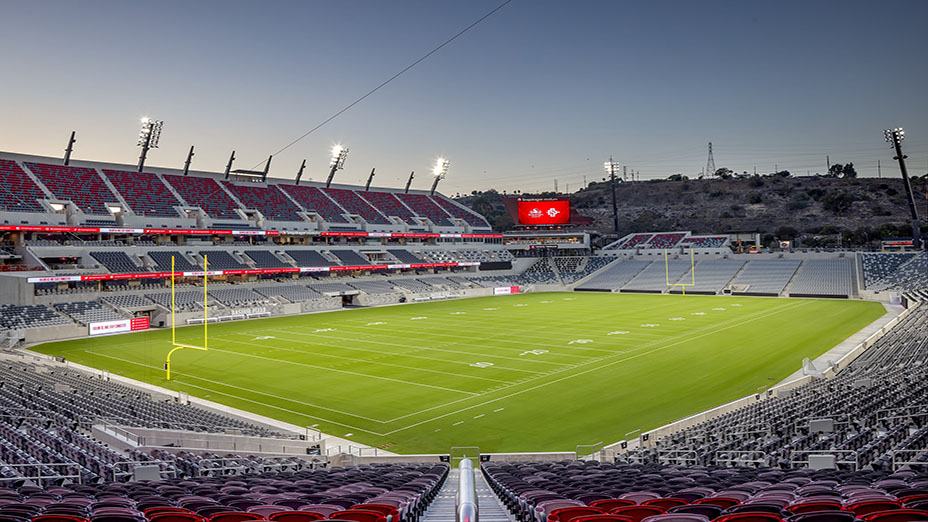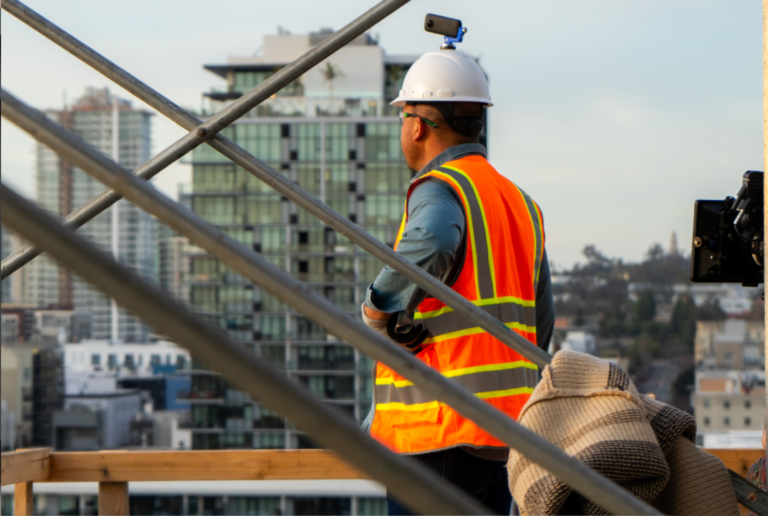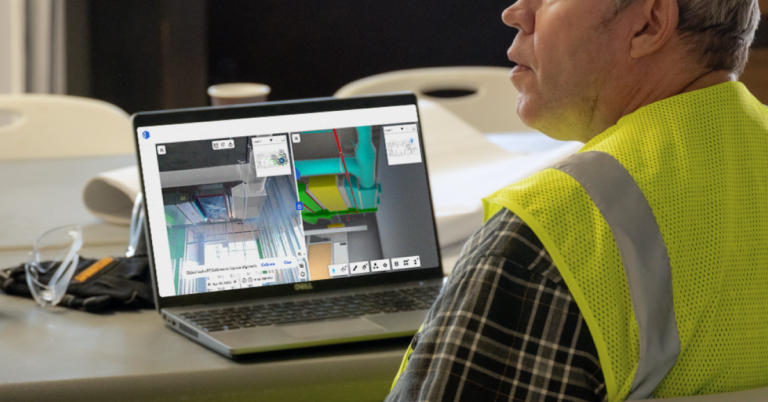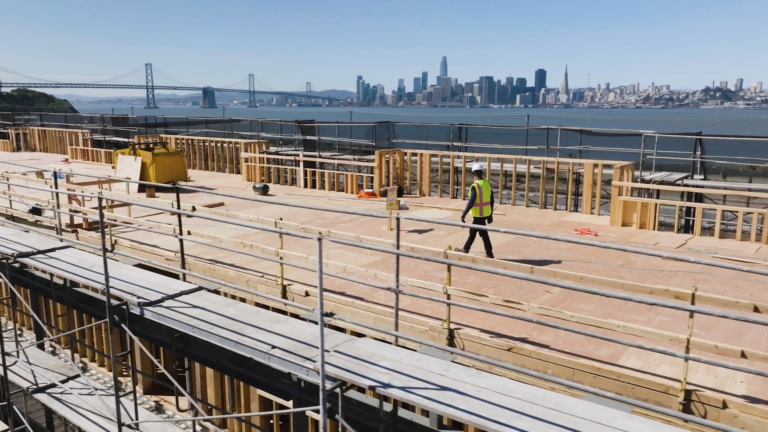Well-constructed stadiums support Super Bowls and much more
Cultural touchstones
Sports stadiums are cultural touchstones. Whether it’s Chicago’s Wrigley Field, where the Cubs have played since 1916, or New York City’s Madison Square Garden, where the Knicks and Rangers compete when there aren’t concerts or other performances, these venues offer a gathering place for connection, entertainment, and celebration.
Perhaps no single sports event in the United States is more celebrated than the Super Bowl. At this year’s Super Bowl LVII, 60,000 fans will gather at the State Farm Stadium in Glendale, Arizona, and another 190 million will tune in from around the world to cheer on the Kansas City Chiefs and the Philadelphia Eagles.
State Farm Stadium is the epitome of stadium design. Crews broke ground on the multi-purpose event center outside Phoenix in 2003 and completed it three years later. The site features many firsts, including a retractable natural grass playing surface and a completely retractable roof that operates at an incline. The stadium regularly hosts football, soccer, and even World Wrestling Federation matches.
A growing demand
Sports facilities development has ramped up considerably in recent years. Teams that are upgrading or rebuilding their facilities are expected to invest $10 billion by 2030. NFL teams such as the Buffalo Bills and Tennessee Titans have completed the design phases for their respective new stadiums.
In 2022, the Philadelphia 76ers announced plans for the long-term build of a new NBA venue, and the Indiana Pacers threw $360 million at a new facility that opened at the end of last year.
Baseball and soccer aren’t far behind, with major facelifts happening at the homes of the Toronto Blue Jays, Dodgers, and Nashville SC, Tennessee’s Major League Soccer team.
There are a few reasons behind the frenzy to build or improve sports facilities throughout North America.
The COVID-19 pandemic ushered in a new era of design that prioritizes smaller capacity and top-notch fan experiences. This creates safer environments and enhances the value proposition of attending a game vs. viewing from home.
Sustainability and advanced technology also are top of mind for teams in 2023. Many major sports hubs are adding or considering air filtration systems, haptic experiences, renewable energy, and grab-and-go Amazon storefronts as they look to the future.
What does it take to build a stadium?
From start to finish, it takes 18 months to three years to build a stadium, though fundraising for the project can begin years before groundbreaking.
In general, there are five stages that happen before any high-level sports facility build:
Pre-concept: Project details, site analysis, and requirements are outlined.
Concept: Materials, structure, and construction development are chosen.
Schematic design: Engineering, logic, and schedules are set.
Design development: Calculations and pre-approvals are finalized.
Final design: Construction designs are cleared, and any issues or concerns have been addressed.
After these phases have been completed, construction can begin. Every build is different, largely dependent on the facility’s architectural features, though most begin with excavation since bowl seating is typically situated below ground level. From there, frameworks and foundations are built.
While the construction processes of different sports facilities vary, all builds of this scale will have a long checklist that must be completed. Any multi-million dollar investment requires thoroughness, attention to detail, and precision in execution.
The challenges
The scale, complexity, and multiple use cases of most stadium projects create unique construction challenges. These projects require a high level of communication among stakeholders, advanced scheduling efficiency, and strict security and access.
When it comes to stakeholder management, construction companies must establish candid communication with both large steering committees and the public. Since sports facilities are massive undertakings that dominate large parts of communities, many people have a vested interest in their success. Construction managers and other leaders must manage expectations, establish effective working relationships, and, above all, champion open and clear communication so that everyone remains on the same page throughout the process.
Elite, high-earning sports franchises are ruled by their respective seasons. This means that stadium construction is strictly dictated by the team’s schedule. The start of a sports season can’t be moved, so it is critical to align schedules and budgets—with padding to accommodate any hiccups—so that projects are delivered on time. That requires a long runway, supportive technology, and contractors with experience building sports facilities.
Security and access are uniquely challenging in the context of large, complex stadiums. Installing access controls in a stadium is a massive undertaking, with different areas allowing for varying levels of access. Access notification and easy-to-control temporary access permissions must be included in the stadium’s design and build to ensure that staff, services, attendees, VIPs, and teams can easily get where they need to go.
Building a stadium with OpenSpace
In 2020, San Diego State University purchased 135 acres from the City of San Diego and what was previously the site of SDCCU Stadium in Mission Valley. Central to the development in Mission Valley was one of many goals: to build a new stadium for SDSU football. The stadium was completed in 2022 and, in addition to football, is being used for professional and collegiate soccer, professional rugby and lacrosse, monster truck and motocross shows, concerts, and many other public and private events for the San Diego region. The new state-of-the-art facility, Snapdragon Stadium, has a capacity of 35,000.
Snapdragon Stadium was completed in August 2022, following a year of design and two years of construction by Clark Construction Group, a building construction firm with offices throughout the U.S. The project employed more than 35 local San Diego subcontractors and 12 local design firms, involving more than 3,000 tradespeople during the construction process.
With COVID-19 restrictions implemented, the project teams established a rigorous documentation protocol to give all teams visibility of the stadium construction while working remotely or limited to offsite meetings. Crews captured thousands of images for analysis, overlaying them with digital plans to map delivery schedules and track progress against the project’s overall timeline.
Snapdragon Stadium is a testament to the challenge of executing any large-scale complex. Effective documentation on expansive sports facilities like these offers distributed teams access to a single source of truth, so they can coordinate efforts effectively, stay on track, and address issues as they arise. This ultimately can accelerate project schedules and reduce construction and travel costs.
Do you have a complex construction project in the works? Find out how OpenSpace can help you simplify documentation—so your teams can get more done faster. Let’s start a conversation today!
Image credit: Snapdragon Stadium



